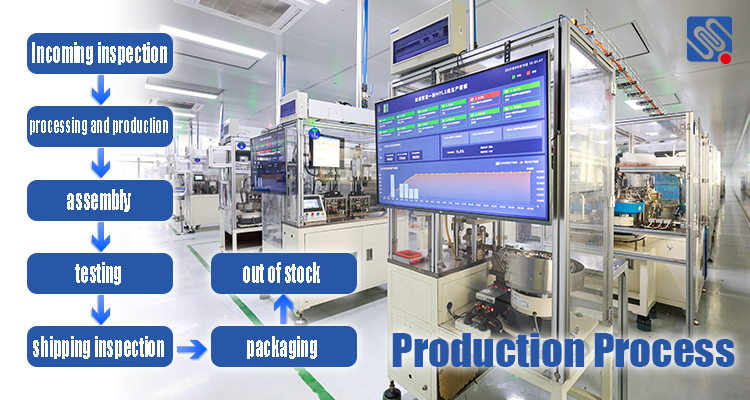the process of relay production: key steps in manufacturing relays
Release time:2025-10-26 02:52:00
Relay production is a vital process in the manufacturing of electrical components used across a variety of industries. Relays serve as electrically operated switches that control circuits by using a low-power signal to control higher-power circuits. These versatile components are essential in automation, telecommunications, automotive, and many other sectors. The production process of relays involves multiple stages, each requiring precision and attention to detail. In this article, we will explore the key steps involved in relay production, from design to final testing.

1. Design and Materials Selection
The relay production process begins with the design phase, which includes determining the specifications for the relay's electrical and mechanical performance. Designers select the appropriate materials for the relay's components, such as the housing, contacts, and coil. The choice of materials is crucial for ensuring the reliability and longevity of the relay. Common materials include copper for the coil wire, silver or silver alloys for the contacts, and durable plastics or metals for the housing. The design also takes into account factors like temperature tolerance, size constraints, and the required electrical load that the relay needs to handle.

